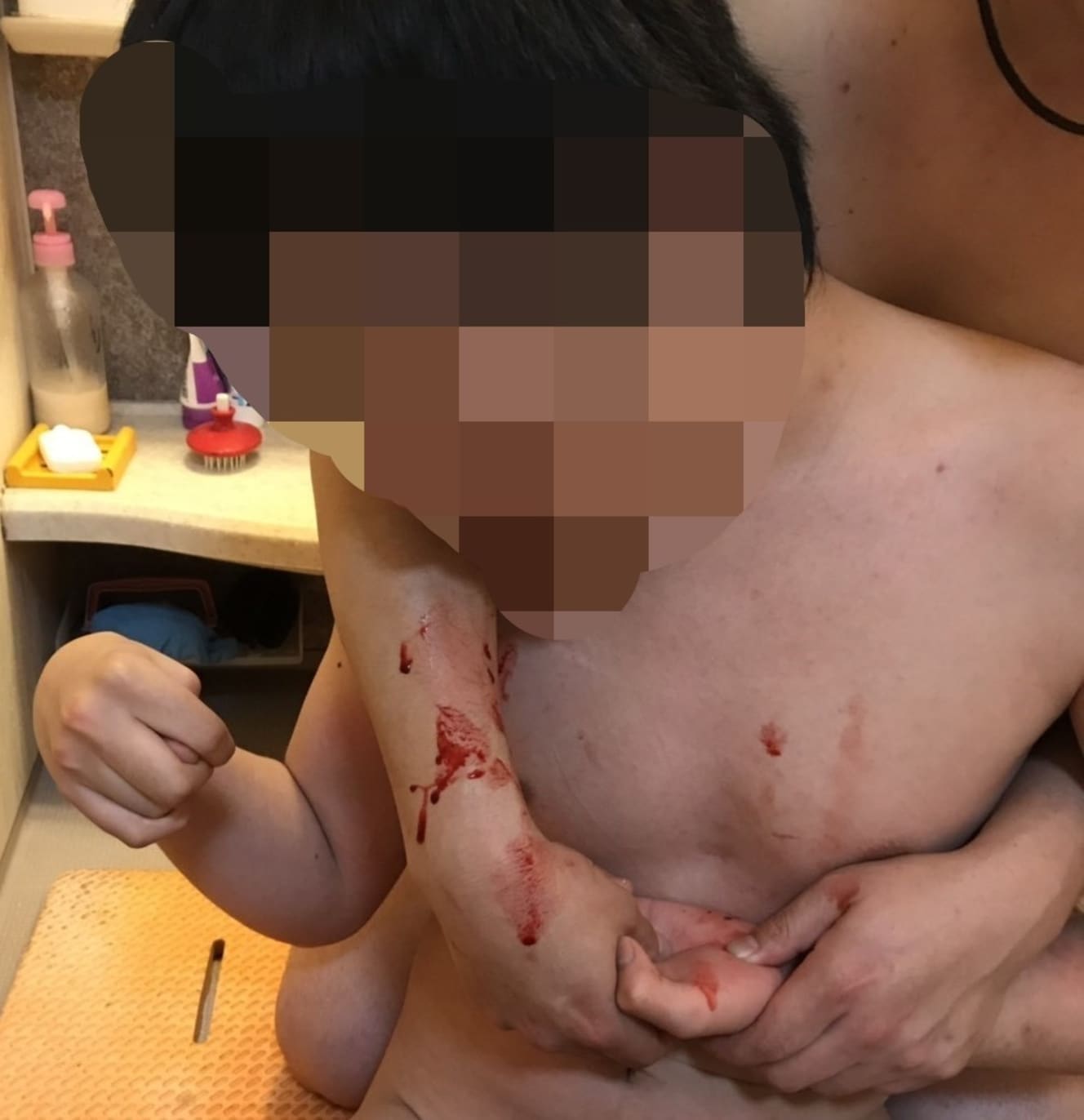Without a residential facility, she might have killed her eldest son. “Legal barriers and wrinkles for parents” hit 18-year-old mentally handicapped man.

Days of constant hurt, if things continue as they are, I’ll kill him.
When he entered junior high school and reached puberty, his eldest son gradually became violent. He began to show that he was in a difficult situation and began to engage in self-injurious behavior.
The crying and angry voices of the younger children became painful for my eldest son. The crying and angry voices of the younger children became a source of pain for him.
The situation got worse and worse, and when he returned home, he cowered instead of entering the house, and when he finally did enter the home, the next time he did, he cowered in the doorway for hours, throwing everything in sight, and other behavioral disturbances became stronger. He refused to bathe or eat. Late at night, he would fall asleep exhausted and unable to change his clothes. He began to want to spend time alone in his bedroom as well, so we introduced a camera. We installed cameras to monitor his condition and respond to epileptic seizures or when he needed assistance.
When we woke him up in the morning, he would bite and kick, and since he was unable to eat or take his medication, we had to gently change his clothes while he slept. Even when we managed to get him to the bus stop to take him to school, he would take off his shoes on the way and throw them away.
Whenever I didn’t like what he was doing, he would get violent. He would punch, bite, and kick me in the face from behind when I was putting him on his back. Both parent and child were constantly wounded.
On an evening in January 2008, her oldest son came home and spent hours outside and in the doorway as usual. He could do nothing to change his clothes, bathe, or eat, and I managed to get him to his bedroom, but finally he couldn’t even get into his bedroom, and he spent the morning repeatedly hurting himself in the second-floor hallway in the bitter cold.
I confided in my wife, ‘I think I should go to a children’s center,'” he said. “I told my wife, ‘Shall we go to a children’s center?’ I felt that our oldest son no longer had a safe place in the house. My wife said yes.
After telling the child guidance center about the situation and urging them several times, they were finally able to place him in a facility for children with disabilities. After a few weeks of temporary custody, he was placed in a facility for children with disabilities, and although he was originally supposed to leave the facility when he turned 18, he was granted a two-year extension as a child due to special measures.
Without the residential facility, our family would have collapsed. We did not choose to stay there, but it was the only way. If we had not had the option of residential care, we might have killed our oldest son.”
He recalls that he could not see how a group home where he could come home on weekends, or even a short stay for a few days, would improve the situation, and with no bright future in sight for the family and himself, there was nothing he could do about it.
He continued, “For those who deny the idea of institutionalization, try living with a party with a disability like my oldest son once. The days are always tense so as not to be rough. It’s exhausting, and eventually one of you will reach your limit.”
Takeguchi points out that it is essential to share correct knowledge, to have supporters who are around to properly connect parents with outside help before they reach their limits, and to have a system to support people with disabilities and their families.
I believe that welfare services have improved significantly compared to a decade ago,” he says. However, it is also true that the burden is falling on the families. I think the right thing to do would be to eliminate that burden and allow them to leave the facility.
Before the words “leaving the institution” and “transitioning to the community” can be used, the group is calling for a remuneration system that allows those in institutions to try again and again to live in the community, and a system that allows them to return to their previous institutions even if they fail in their attempts to live in the community.
While the transition of children with disabilities to the community is progressing in Japan, the burden on their families is increasing. As children with behavioral disorders that cause them to harm others or themselves increase as they grow older, it becomes more difficult to continue caring for them at home. Facilities that meet the requirements are always full, and as of January of this year in Kyoto City, there were a total of more than 240 people waiting in residential facilities for people with disabilities. The incident in Kyoto City can be seen as a symbol of the seriousness of the “18-year-old wall” problem, in which there is no place to stay after graduation from a support school.
We must all consider a system to support society as a whole by taking the grief-stricken voice of the mother who has unintentionally become a perpetrator at the hands of her own child into consideration.

Interview and text by: Miho Nakanishi
Miho Nakanishi is a nonfiction writer and representative of the NPO Third Place. Formerly a reporter for a weekly magazine. After receiving twins through fertility treatment, she found out that her second son had a disability. Drawing on her own experiences, she focuses her reporting on assisted reproductive technologies, pregnancy, childbirth, childcare, disabilities, and welfare.
PHOTO: Courtesy of Hiroki Takeguchi